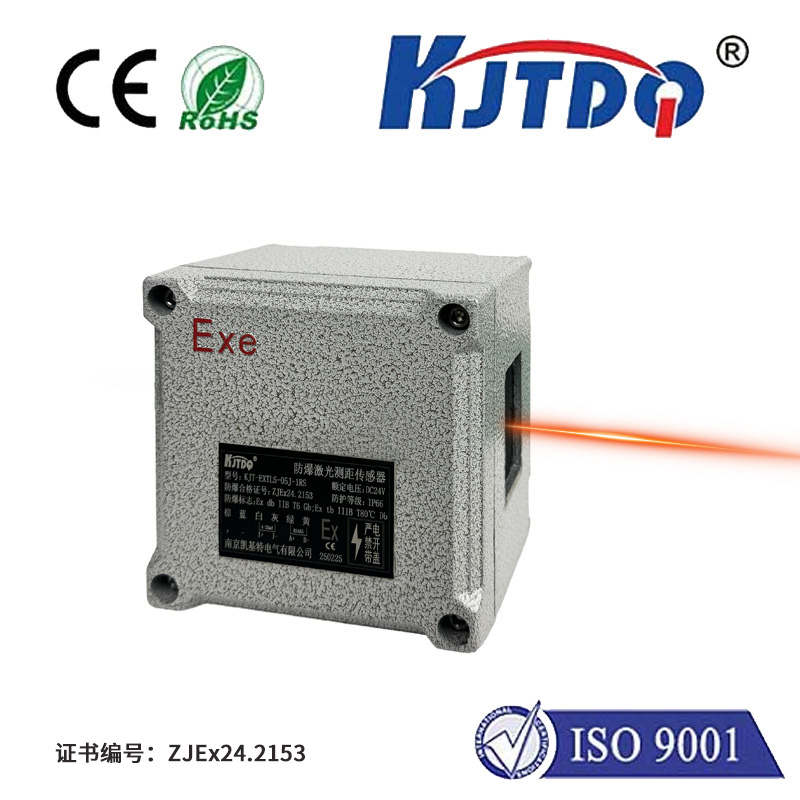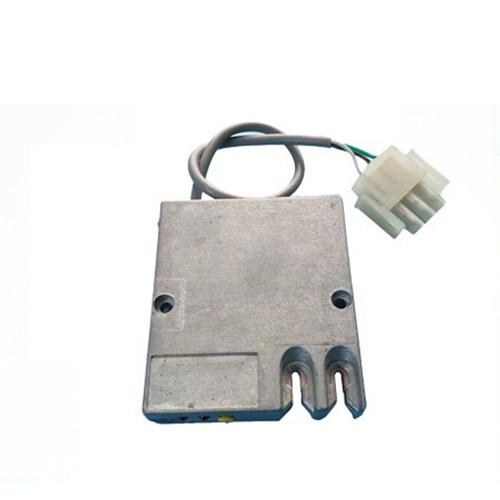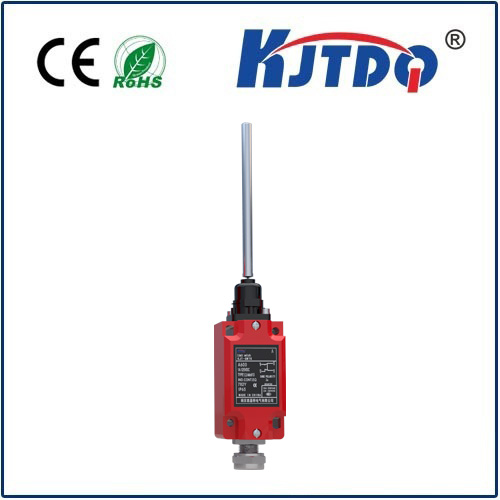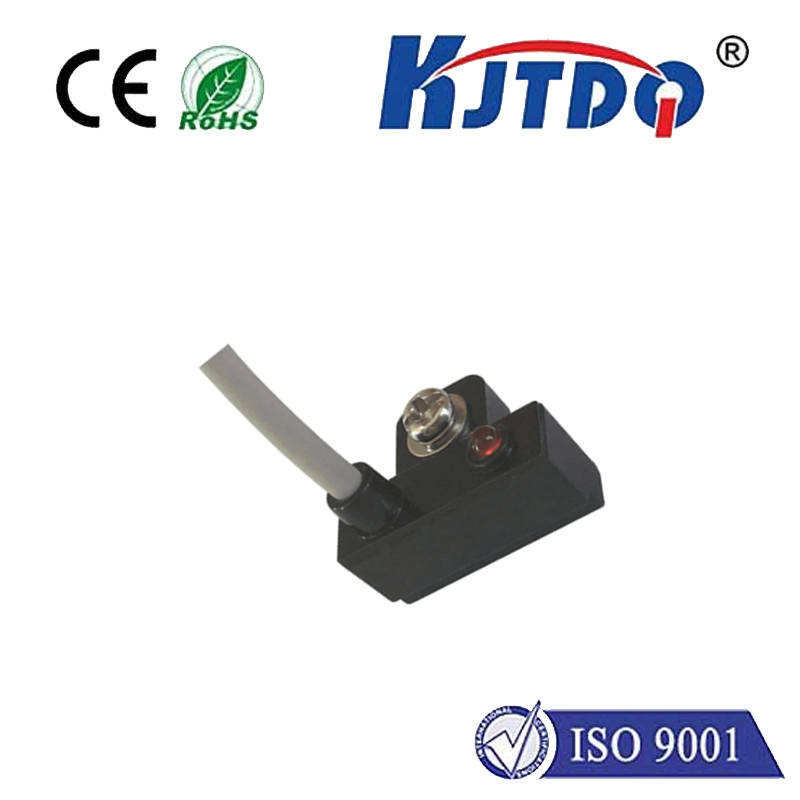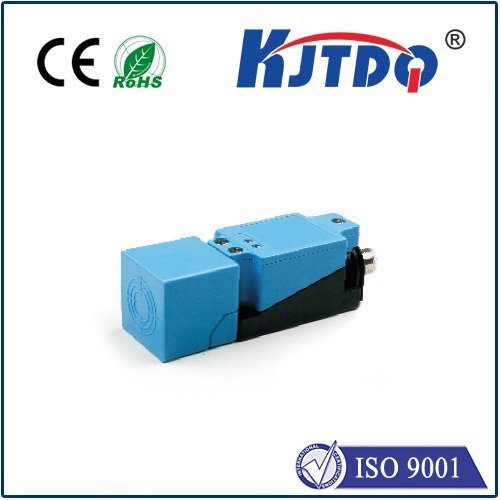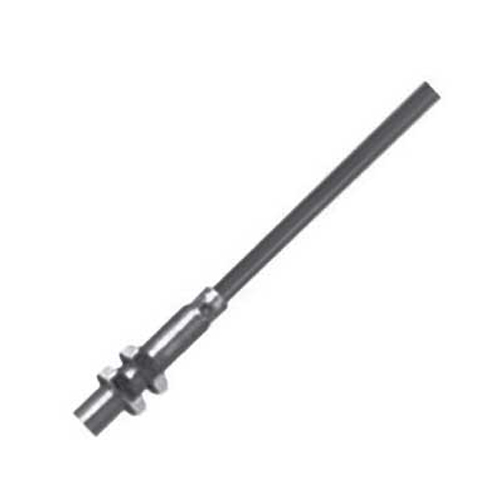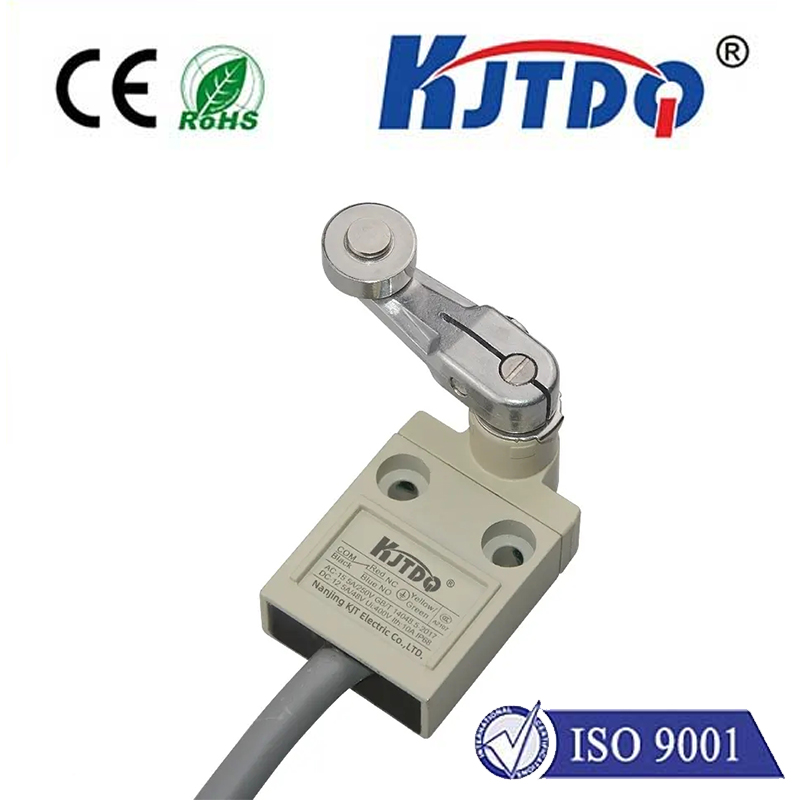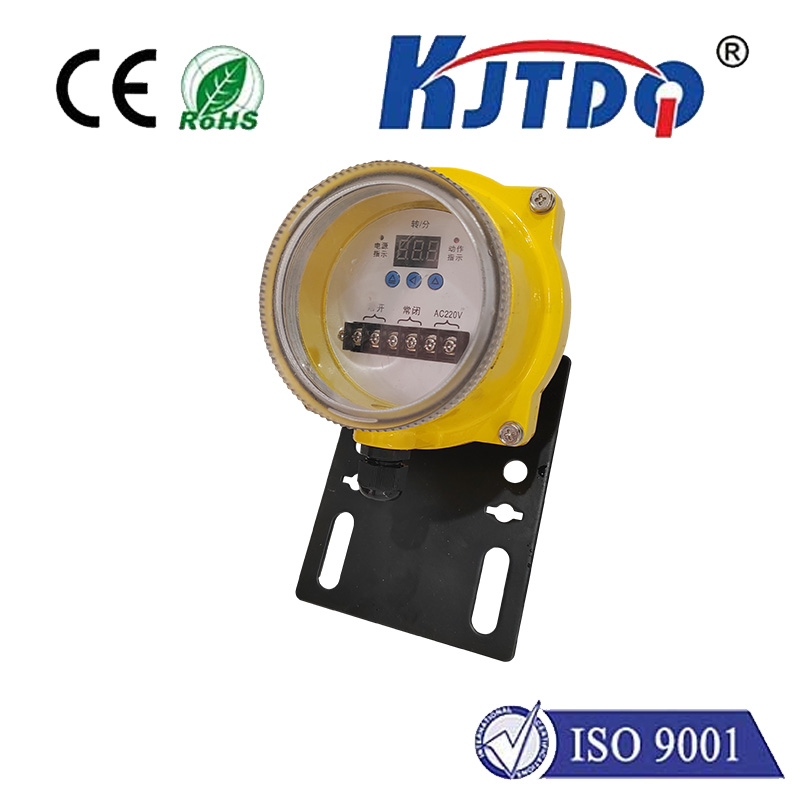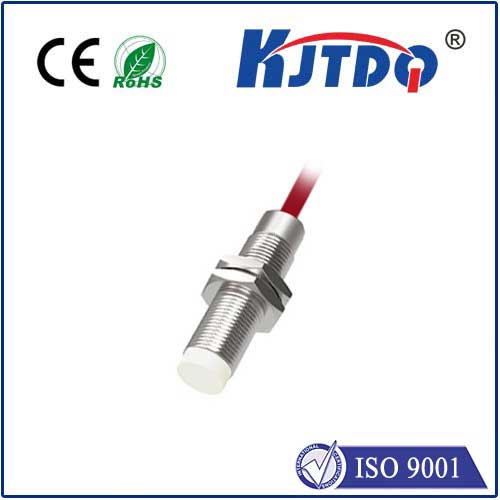

check

check

check

check

check

check

check

check

check

check
Introduction:
Proximity sensors have become an essential component in many modern devices, ranging from smartphones and home security systems to industrial automation and robotics. These tiny devices use electromagnetic or infrared technology to detect the presence or absence of objects in their proximity. In this article, we will explore the three main types of proximity sensors, their working principles, and how they are applied in different industries.
I. Type 1: Magnetic Proximity Sensors
A. Working Principles: Magnetic proximity sensors work by using a magnetic field generated by an electromagnet to detect the presence of a metal object. The sensor generates a weak magnetic field around itself, and when an object comes into contact with the sensor's magnetic field, it disrupts the magnetic field, triggering a signal to the sensor.
B. Applications: Magnetic proximity sensors are widely used in various applications such as door locks, cash registers, and automotive safety systems. They offer accurate and reliable detection within a short distance and can be easily integrated into existing systems.
II. Type 2: IR Proximity Sensors
A. Working Principles: IR (Infrared) proximity sensors work by using infrared light to detect the presence or absence of objects in their line of sight. When an object blocks the infrared beam, it creates a disturbance in the sensor's circuitry, triggering a signal to the controller.
B. Applications: IR proximity sensors are commonly used in consumer electronics such as remote controls, game consoles, and smart home devices. They offer fast response times and can detect objects from a distance of up to several feet. However, they may not be effective at detecting smaller objects or those made of non-metallic materials.
III. Type 3: Ultrasonic Proximity Sensors
A. Working Principles: Ultrasonic proximity sensors use high-frequency sound waves to detect the presence or absence of objects in their line of vision. When an object blocks the sound waves, it produces a reflected echo that the sensor interprets as a signal to trigger a response.
B. Applications: Ultrasonic proximity sensors are widely used in industrial and commercial settings for tasks such as inventory management, machine monitoring, and collision prevention. They offer long range detection capabilities and can operate in harsh environments without interference from other electronic devices. However, they may require additional processing power due to their high frequency operation.
Conclusion:
In conclusion, understanding the three types of proximity sensors helps us appreciate their unique features and applications across different industries. Whether you need accurate detection within close proximity or long-range detection over large distances, there is a suitable proximity sensor for your needs. By selecting the right sensor based on its working principle and intended use, you can ensure optimal performance and reliability in your system.
